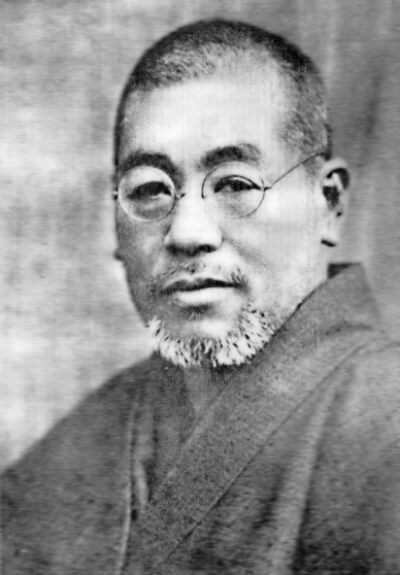
This is a true story of a man who discovered Reiki, the universal life force.
Mikao Usui (1865 – 1926) is the founder of spiritual practice known as Reiki, used as an alternative therapy for the treatment of physical, emotional, and mental diseases.
Usui is now known as the founder of spiritual practice known as Reiki all over the world.
But little is known about Usui’s life.
So, I would like to introduce the amazing life of Mikao Usui, the founder of Reiki.
Amazing Life of Mikao Usui, The Founder of Reiki
Mikao Usui was born on August 15, 1865 in Taniai village (the present-day, Yamagata city) in the Yamagata district of the Gifu Prefecture, Japan.
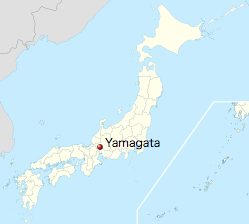
Source – Own work
Taniai, Miyama-cho, Yamagata City. Center of former Miyama Town.
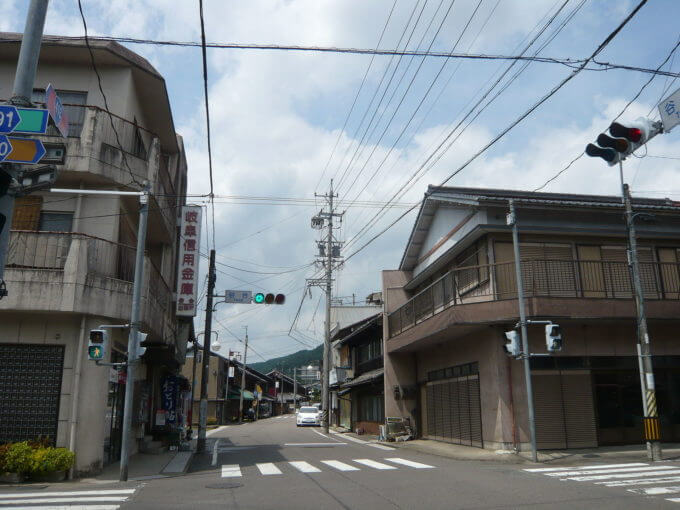
Source – Own work
Usui’s father was known as Uzaemon but his real name was Uzitane and his mother’s family name was Kawai.
The Usui family consisted of Mikao, his father Uzaemon, his mother Sada, his sister Shiyuu, and his two younger brothers (Sanja and Kuniji).
Mikao’s grandfather was a brewer of sake called Keisen, but his eldest son Uzaemon was unable to follow in his father’s footsteps and Uzaemon’s younger brother (Mikao’s uncle) Joemon inherited the family business.
As a result, Uzaemon was engaged in a small daily goods store and timber sales and was not financially prosperous at all.
Reportedly, Usui’s ancestors were the once-influential Chiba clan and Hatamoto samurai warriors, who were very active in the Heian to Kamakura period (8th – 14th century).
Today one of the Japanese prefectures is called Chiba prefecture after this samurai clan.
According to the inscription on Usui’s memorial, Tsunetane Chiba (1118-1201), a military commander during the end of the Heian period and the start of the Kamakura period (1180 – 1230), was one of Usui’s ancestors.
Tsunetane Chiba. Painting by Kikuchi Yōsai.
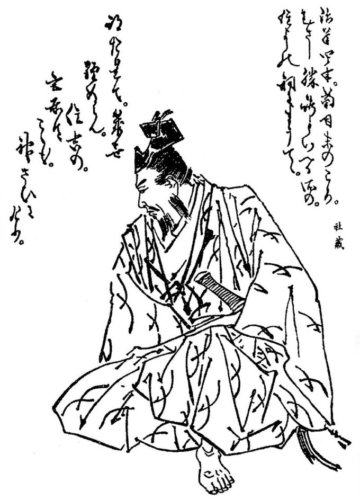
The equestrian statue of Tsunetane Chiba
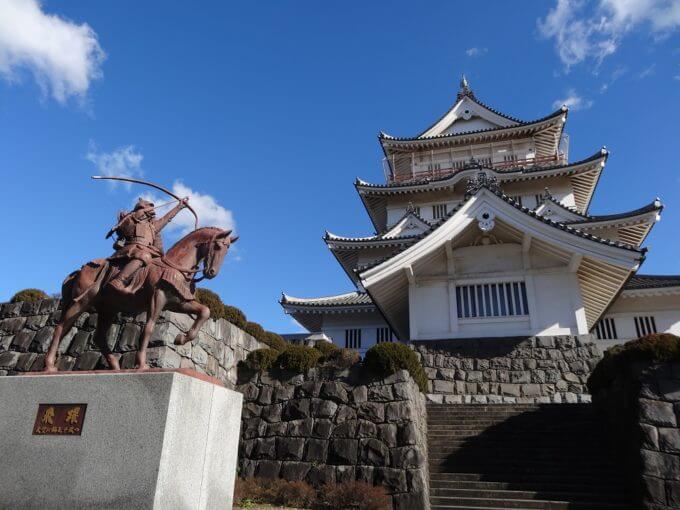
Source 1688 – Own work
Toshitane Chiba supported Yoritomo Minamoto, the founder and the first shogun of the Kamakura shogunate of Japan in 12th century.
Alleged Portrait of Yoritomo, Hanging scroll. Owned by Jingo-ji temple in Kyoto.
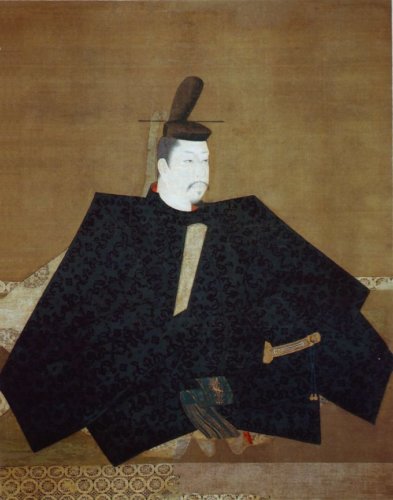
Usui was gifted by nature, and he loved to read.
So, he read a lot of history, biographies, and medical books.
Usui learned and worked hard from an early age, and his standard of learning exceeded that of his friends.
He initially studied at a nearby temple school but left his hometown to pursue further study opportunities.
He also read Buddhist and Christian scriptures and studied psychology.
Usui was also well acquainted with Daoist hermit arts, divination using sticks, physiognomy, and even the use of magical arts.
Everything Usui learned became the source of his cultivation and refinement, and they were the key to his later development of Reiki.
Usui worked in various professions, including as a civil servant, corporate employee, businessman, newspaper reporter, and secretary to politician Shinpei Goto.
Portrait of Goto Shinpei
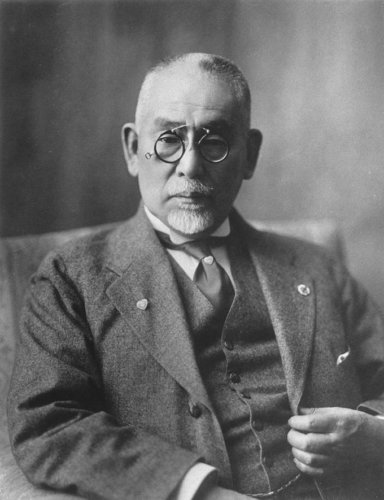
Furthermore, Usui also experienced religious missionaries and preachers who teach prison inmates.
Usui married Sadako Suzuki and had one son and two daughters.
However, what he wanted to do in society was different from reality and his aspirations were not met.
Usui was not fairly appreciated and at times his life was often impoverished.
Nevertheless, he did not give up and worked harder and harder at disciplining himself.
Usui sometimes visited several Western countries, including the United States, Europe, and China as a part of his continued study.
His studies included history, medicine, Buddhism, Christianity, psychology, and Taoism.
In particular, his search for the great proposition,
What is the purpose of life?
led him to Zen ascetic practice.
So, Usui practiced it with the aim of attaining spiritual peace (Anjinryumyo in Zen Buddhism) as true enlightenment.

The meaning of Anjinryumyo is to reassure our minds and not to obsess over things by knowing our destiny.
In other words, Anjinryumyo can be said as follows.
Although it is necessary for us as human beings to work as hard as we can, we can leave to the heavens the things that are beyond our control and attain a peaceful state of mind without any worries.
This is what is known as Usui’s first enlightenment.
After that, Usui practiced Zen and trained for three years.
Nevertheless, he could not attain the next enlightenment.
The universe, which keeps people alive, does not want people to be unhappy or sick. Just trust the universe and keep your mind at peace.
Usui understood this in his head, but every day his mind wavered, and he was gripped by thoughts of anger and anxiety.
After much distress, Usui consulted his Zen master, who replied,
Then try to die once!
The master’s words had a great impact on him.
If I can’t achieve true enlightenment, which is the purpose of life, then I’m not going to live like this.
So much for my life …
Usui decided to die.
In the spring of 1922 (March or April, depending on the literature), Usui holed himself up on Mt. Kurama in Kyoto.
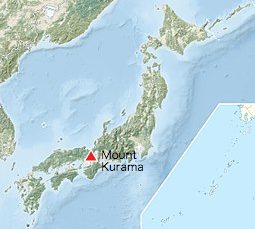
Source (Chumwa) – Own work
Shrine at Kurama Temple
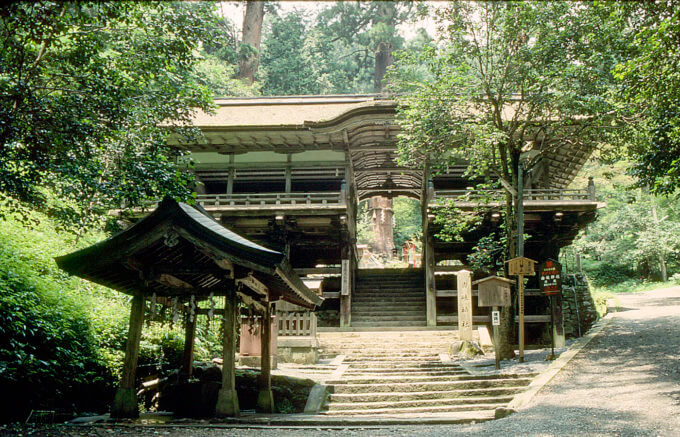
Main Gate of Kurama Temple
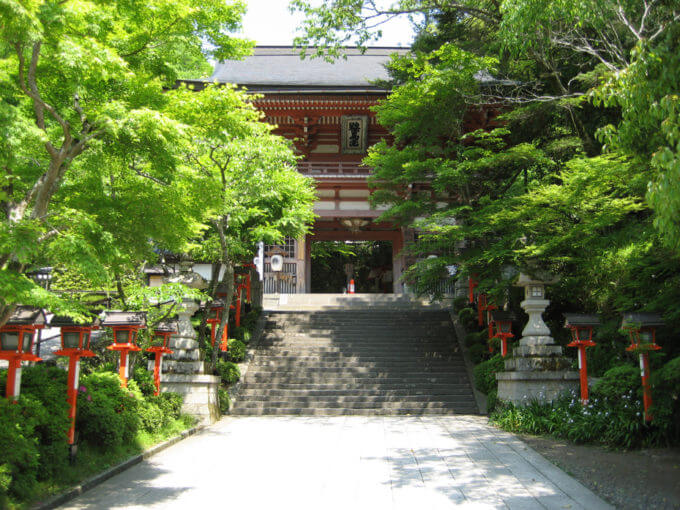
Source Axel Ebert/axelebert.net
And Usui began to fast and practiced meditation in a small temple.
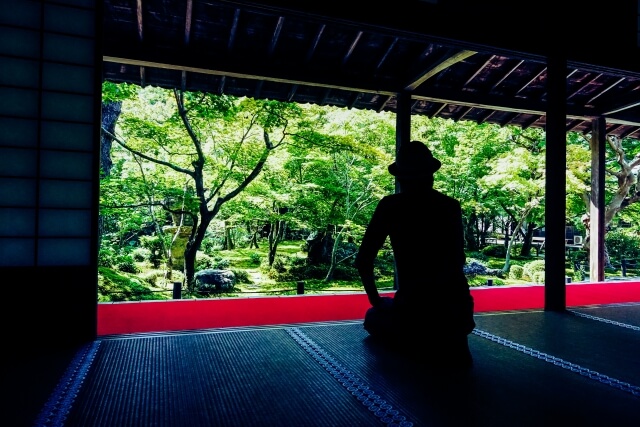
In this way, rather than fasting for the sake of practice, it was apparently a death-defying one.
Around midnight, three weeks into his fast, Usui felt a violent shock as if he had been struck by lightning in the center of his brain and fell into a state of unconsciousness.
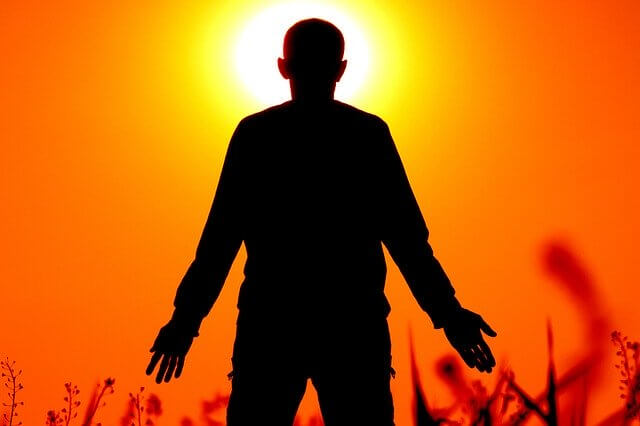
A few hours later, Usui suddenly realized that it was just beginning to dawn, and he woke up feeling full of mental and physical exhilaration.
Then Usui knew he had completed the enlightenment he had sought as the energy he had felt during the shock of the previous night penetrated his body and mind, achieving resonance and oneness with his body.
He wondered why his body was filled with power.
At the same time, the spirituality of the universe and the spirituality of his body interacted with each other, and he came to the enlightenment that the macrocosm and the human body are one and the same.
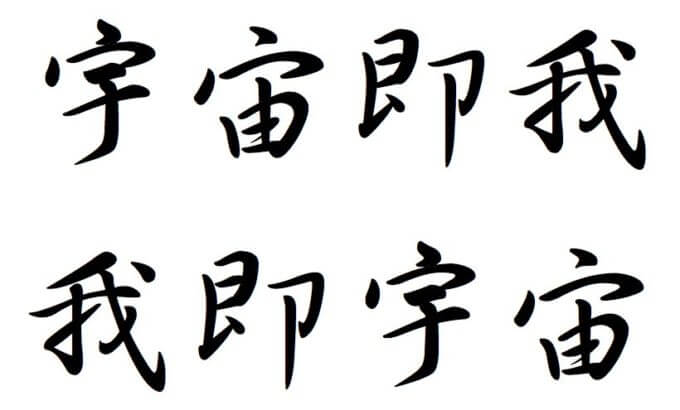
Now the Reiki in my body and the Reiki of the universe resonate perfectly and I am in deep peace and bliss.
This is the true state of enlightenment, Anjinryumyo and the path to health and happiness.
So, Usui rejoiced at his enlightenment and spiritedly started to descend Mt. Kurama.
On the way, he went down the mountain road to drink from the valley’s water.
Suddenly, Usui tripped over a tree root and one of his toenails came off.
Unconsciously, he put his hand on the injured spot.
To his surprise, the wound on the toenail healed instantly as the pain went away and the bleeding stopped.
After that, when he came down to the base of the mountain, Usui found a teahouse that also served meals.
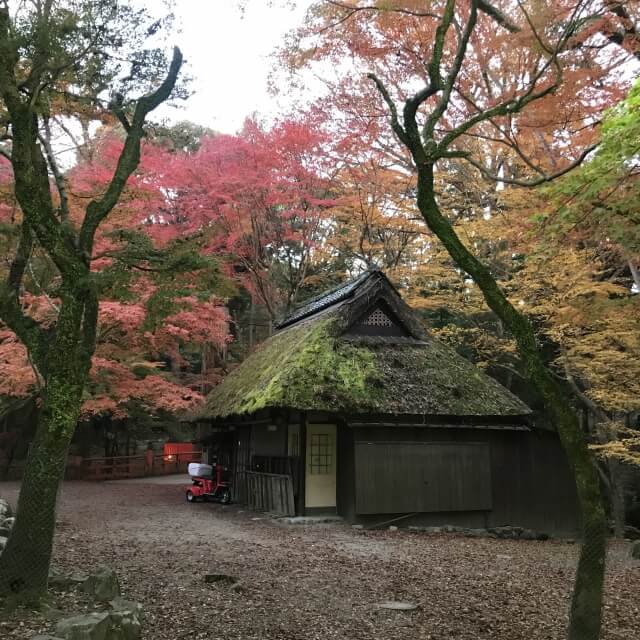
Then Usui ordered a meal there and ate his fill, not even listening to the owner of the teahouse to stop him.
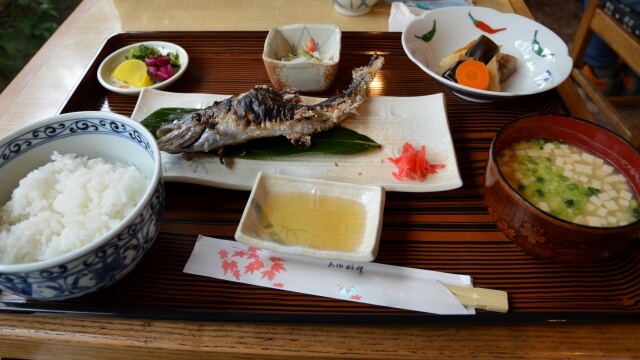
After finishing his meal, Usui learned that the granddaughter of the restaurant owner was suffering from severe tooth decay that had caused her face to swell.
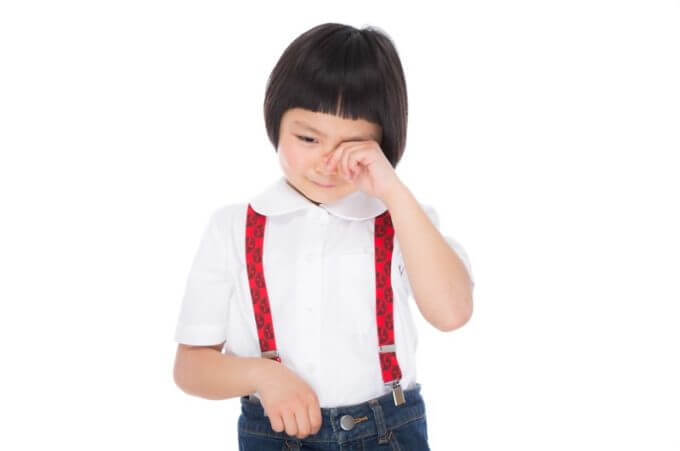
Usui felt sorry for her, so he put his hand on the granddaughter’s cheek, and strangely enough, her pain receded instantly.
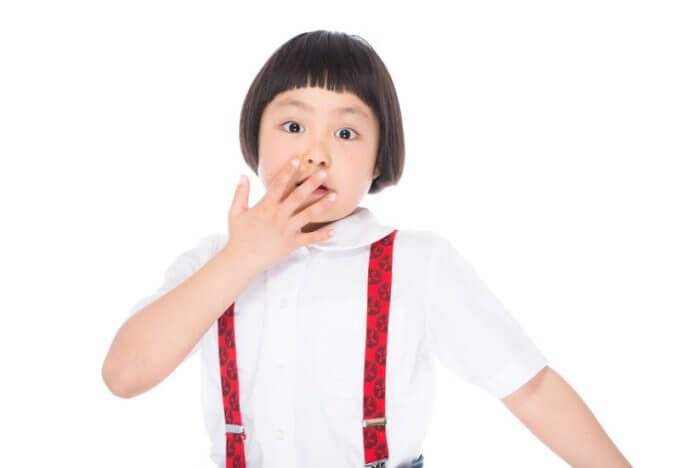
After returning from the mountain, Usui told his Zen master of his strange experience.
Then the master said,
It is a kind of enlightenment.
Use the power of that enlightenment to save the world!
In addition, Usui also tried hands-on healing therapy for his family, which had an immediate effect.
As soon as he laid his hand on his wife’s shoulder, who was suffering from an illness, her illness was instantly healed.
Usui named this healing power Reiki.
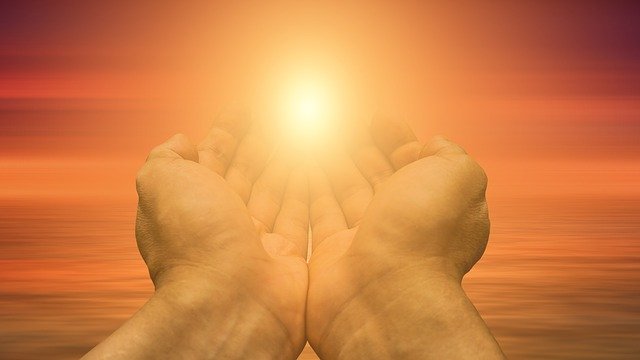
I was given the mission to use this hands-on therapy as a gateway to bring true enlightenment, Anjinryumyo to many people.
I want to give many people all over the world the benefit of this power.
With this belief in mind, as a result of his ingenious research, Usui found a way for everyone to develop this newfound ability and to use it for mental and physical improvement.
This is considered to be the beginning of Reiki.
In April 1922, Usui settled in Harajuku, Aoyama, Tokyo.
Then he established the Usui Reiki Ryoho Gakkai (Association of Usui Reiki Therapy) to teach Reiki therapy and to give treatments after setting out his teaching methods and other rules.
Knowing this, many people from far and near came to seek Reiki therapy, and their shoes would flood the doorway (In Japan, when entering a Japanese house, people take off their shoes at the entrance and generally, put on slippers.).
The following year, in September 1923, the Great Kanto Earthquake struck.
The Ryōunkaku collapsed due to the Great Kanto Earthquake
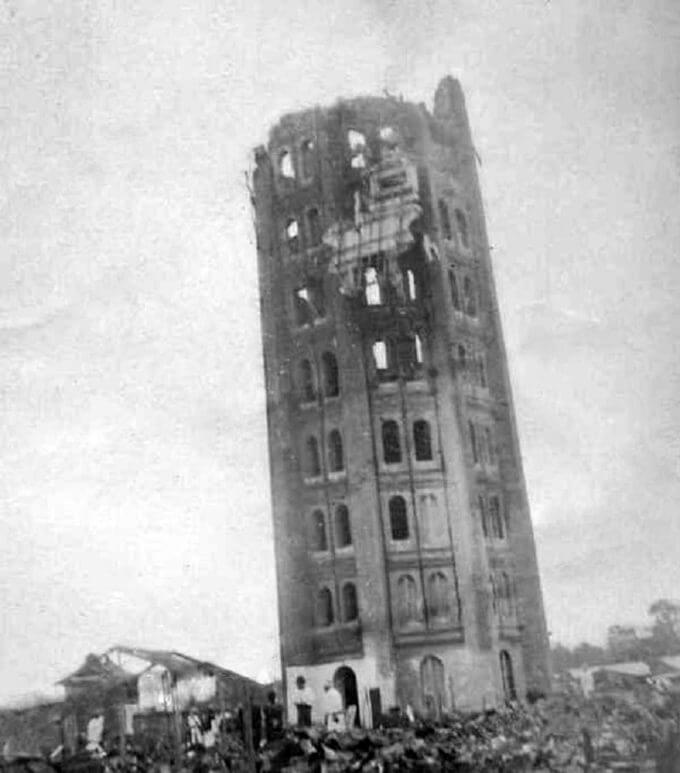
Destruction of the area around Sensō-ji temple in Asakusa
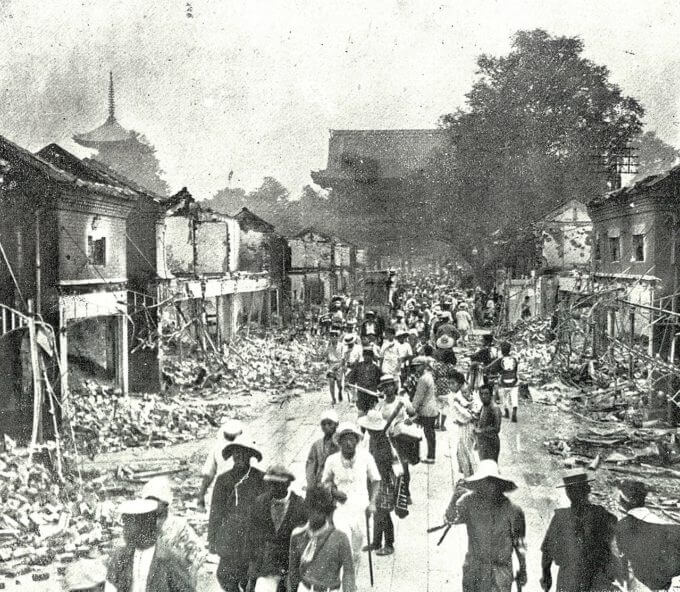
Marunouchi in flames
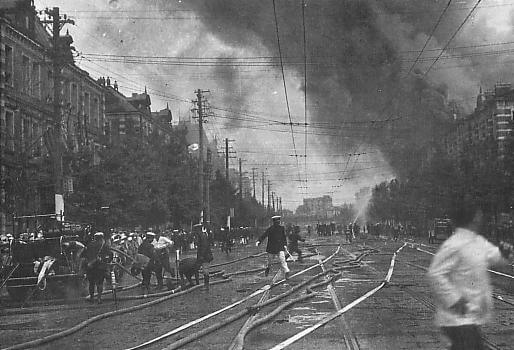
Metropolitan Police Department burning at Marunouchi, near Hibiya Park
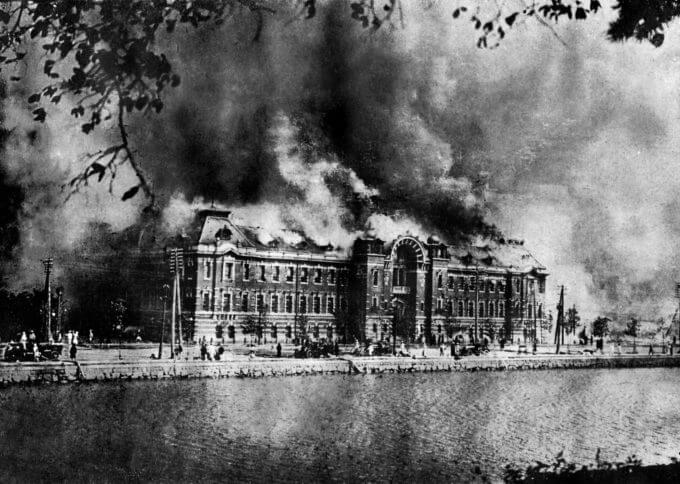
People were hurting and groaning everywhere in the affected areas.
Usui was deeply saddened by the devastation and started going around the disaster area in the morning to treat people, saving more people than he could count.
In this way, Usui played an active role in the treatment of the injured in that urgent situation.
After that, his school became too small to accommodate the flood of newcomers, so in February 1925, Usui chose a site in Nakano, a suburb of Tokyo by his divination, and established a new school.
Gradually, as his reputation grew, Usui received more and more invitations from the provinces.
The number of branches of the Usui Reiki Ryoho Gakkai throughout Japan reached 60.
The number of his direct disciples increased to over 2,000.
In the picture below, Usui is in the front row, seventh from the left.
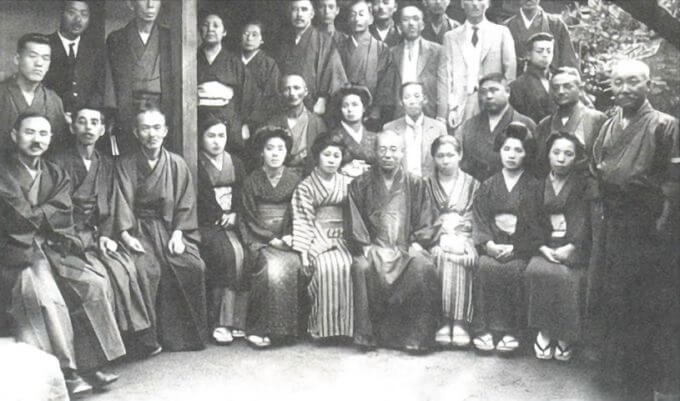
On January 16, 1924, from among the many disciples of the Head Office and other prefectural branches throughout Japan, Usui selected twenty disciples of outstanding learning, character, and therapeutic practice (19 of them participated).
Usui gave them attunement and gave them the qualifications of a Master and entrusted them with the attunement of each branch.
In response to requests from various regions, Usui went to Kure, Hiroshima, and Saga.
During his visit to Fukuyama, however, while giving a student attunement in Fukuyama, Usui suddenly collapsed from his third cerebral hemorrhage (although he treated himself up to two times and made a full recovery with his own Reiki therapy).
At the Fukuyama Branch, Usui passed away, leaving behind these words,
If you are prepared for your successors, you will not be disappointed.
Usui was 62 years old when he died on March 9, 1926.
After his death, his son, Fuji took over the Usui family.
Two years after Usui’s death, his followers erected a large stone monument alongside his tombstone to commemorate his meritorious deeds and immortalize him in the grave area of Saihoji Temple in the suburban Toyotama area of Tokyo in February 1927.
Usui’s Philosophy on Reiki
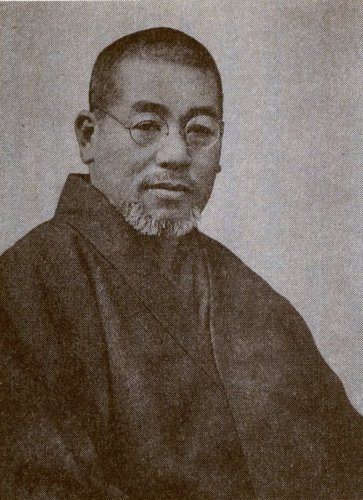
According to the inscription on Usui’s memorial, Usui’s personality was gentle and modest, and he never showed any signs of ostentation.
Usui was a big, stocky, fat man.
He was always smiling, but when he had to deal with something, he was strong-willed, patient, and very considerate.
The root of Reiki is not only to cure the sick but also to help us to use our spiritual ability as a gift from heaven to correct our minds and make ourselves healthy so that we can enjoy happiness in life.
This was the underlying philosophy of Usui.
In teaching people, therefore, Usui, first of all, took the legacy of Emperor Meiji to heart and had them recite the following Five Precepts in the morning and evening to keep them in mind.
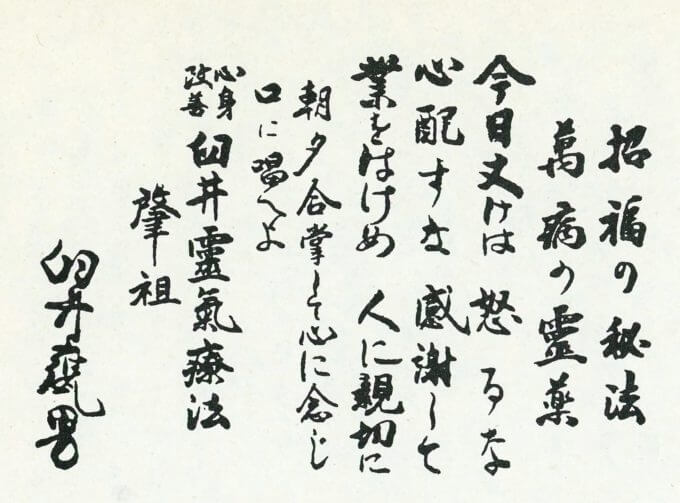
The secret method to bring happiness
An elixir to cure all diseases
At least for today, don’t be angry,
don’t worry, be thankful,
work diligently, be kind to people.
Put your hands together morning and evening and pray in your heart and chant these words out.
For mental and physical improvement. Usui Reiki Therapy
The founder
Mikao Usui
This is indeed a great lesson in the cultivation of life, and it is the same law that taught and enjoined by the saints and sages of old.
In the morning and evening, by sitting upright in prayer and reciting the Five Precepts, we can cultivate a pure heart and go about our daily activities with a peaceful mind.
Therefore, Usui believed that these Five Precepts were the secret way to bring happiness to people and the elixir to cure all diseases.
Mikao Usui’s Five Precepts:
Kyou dake was (At least for today)
(1) Oko ru na (Don’t be angry)
(2) Sinpai suru na (Don’t worry)
(3) Kansya si te (Be thankful)
(4) Gyou wo hageme (Work diligently )
(5) Hito ni sinsetsu ni (Be kind to people )
The above Five Precepts show the main point of Usui’s teaching.
When he taught it to others, Usui tried his best to use familiar speech and simple words to guide people to its truth without using any difficult expressions.
Amazing Report on Usui’s Reiki Therapy
By the way, what was Usui’s Reiki Therapy in those days?
In this regard, there is a valuable report that tells us about Usui’s treatment at that time.
Gizo Tomabechi (1880-1959) was a Japanese politician who served as Minister of Transportation in Katayama cabinet (1947-1948) and Minister of State and Cabinet Secretary in Ashida cabinet (1948).
Gizo Tomabechi (1880-1959)
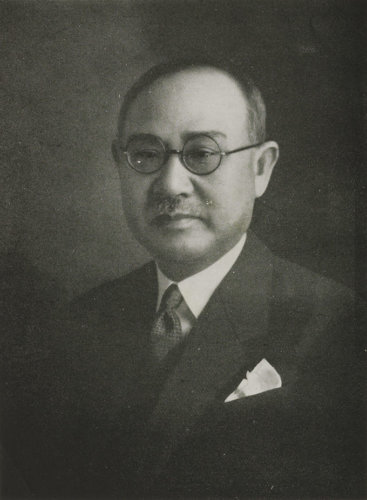
Tomabechi was certified as a Grand Master in the Usui Reiki Ryoho Gakkai.
When Usui was still alive, Tomabechi was president of Dai Nippon Artificial Fertilizer Company (presently Nissan Chemical Corporation).
Tomabechi later moved on to politics and even served as an opposition delegate at the San Francisco Peace Conference in 1951.
In the photo below is chief delegate Shigeru Yoshida signing the San Francisco Peace Treaty; Tomabechi is the third person from the right in the photo.
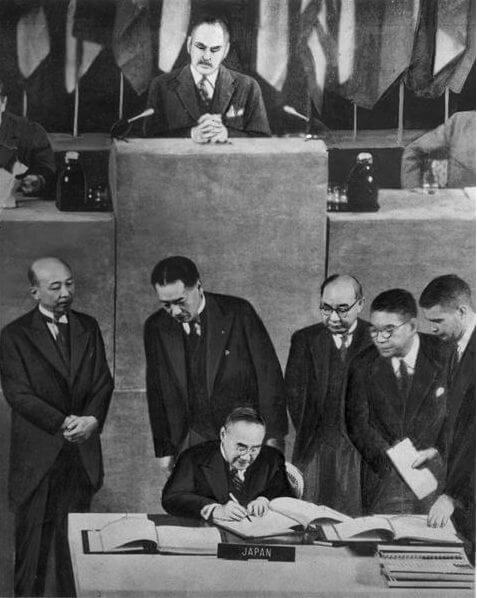
Tomabechi published his memoirs titled in 1951, entitled “Gizo Tomabechi Memoirs” (Asada Shoten, February 1951), and the memoir’s supplementary chapter describes Usui’s Reiki therapy in detail at that time.
The following is a partial quote from Gizo Tomabechi Memoirs.
When Tomabechi began to study the Usui Reiki Therapy, he heard that the wife of an accountant, Amami at his company had been unable to stand for about a year.
So Tomabechi went to treat her, hoping Usui would accompany him.
After treating the sick woman’s lower back for a little over 20 to 30 minutes, Usui said to her.
Get up!
Tomabechi thought that this was absurd because she hadn’t been able to turn over and had been bedridden for a year.
But to his surprise, as soon as she said,
Yes.
she stood upright!
Seeing this, Usui ordered her to,
Walk!
The room was eight tatami mats (about 160 square feet), but the sick woman began to walk around, leaning her hand on her husband’s shoulder.
If there is such a thing as a miracle in the world, this is a true miracle!
Tomabechi says in the book.
Usui just smiled at this, but the sick woman and her husband, as well as Tomabechi, were stunned and unable to speak for a while.
After witnessing this mysterious Usui’s Reiki therapy with his own eyes, Tomabechi devoted himself to the study of Reiki and finally received the license of the Grand Master from Usui.
Thus, in the hope of helping the world, Tomabechi opened a clinic with a couple of disciples and gave free treatment to the sick.
Tomabechi treating a patient with Reiki therapy.
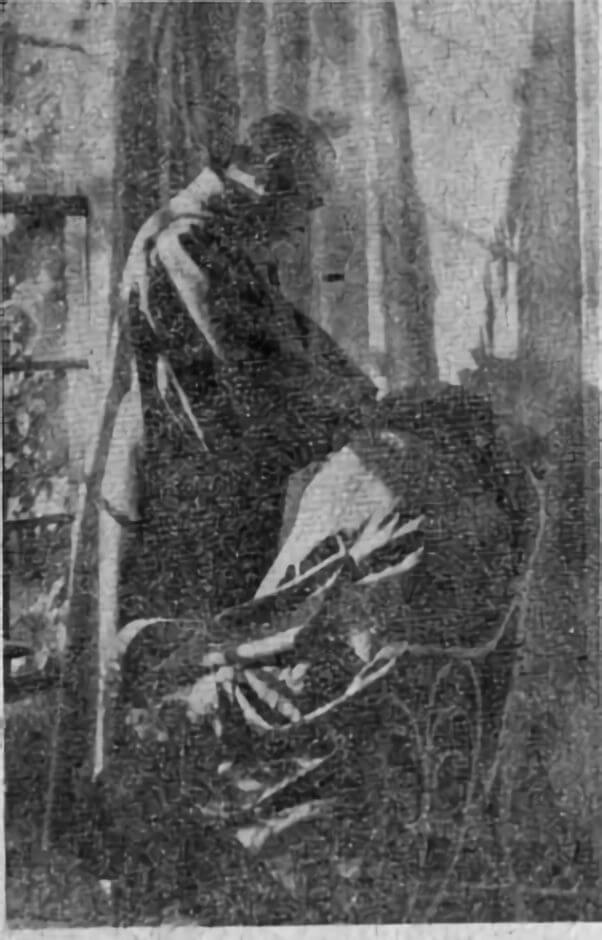
In this way, as he said in his last words, Usui’s Reiki was blessed with a number of outstanding successors, and it has since spread throughout Japan and the world.
Later, Usui’s Reiki was passed on to his students.
If you are interested in the details of the amazing life of Chujiro Hayashi, one of the Usui’s disciples, please click the link below.
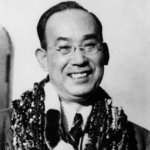
References
- Yoshiaki Teraishi (2008). “What is Reiki in Japan?”
- Toshitaka Mochizuki (June 2013.). “Healing Hands: Reiki Healing to energize your mind and body.”
- Hiroshi Doi (May 1998). “A Modern Reiki Method for Healing.”
- Hiroshi Doi (March 2009). “Introduction to Practical Reiki Healing. Techniques of Love and Healing.”
- Masaki Nishina (July 2013). “Reiki and Japan: A Cultural View of Western and Japanese Reiki, 2nd ed.”
- Gizo Tomabechi (February 1951) “Gizo Tomabechi Memoirs.”
- Mikao Usui in Wikipedia.
Published on June 28, 2020
Updated on October 10, 2020
Written by OTAKUPAPA

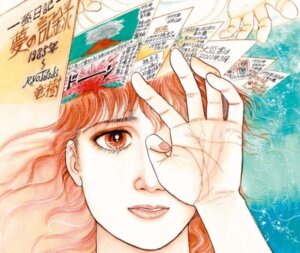
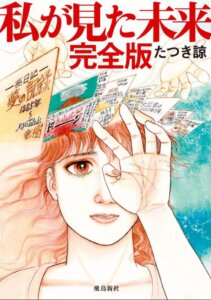
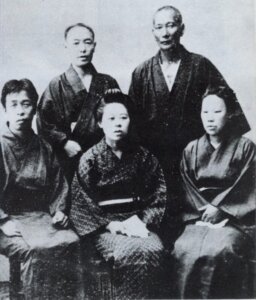
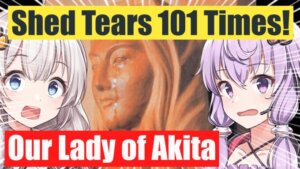
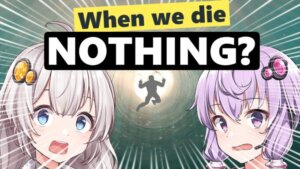
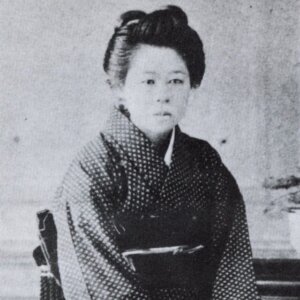
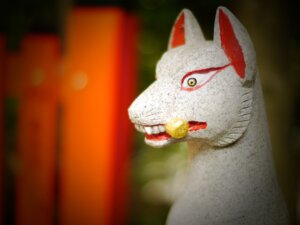
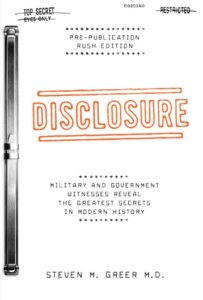
Comments